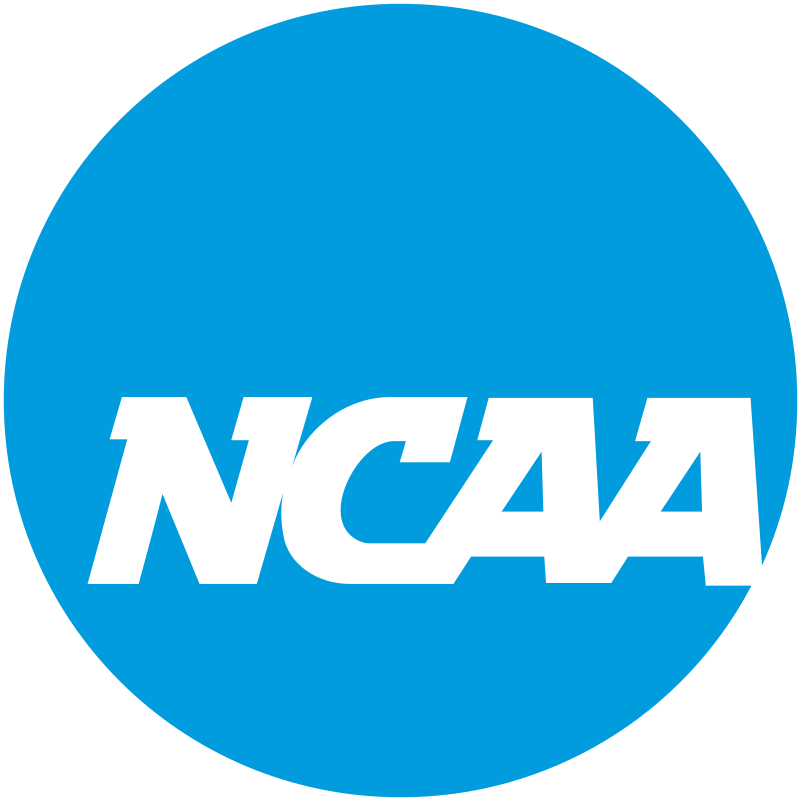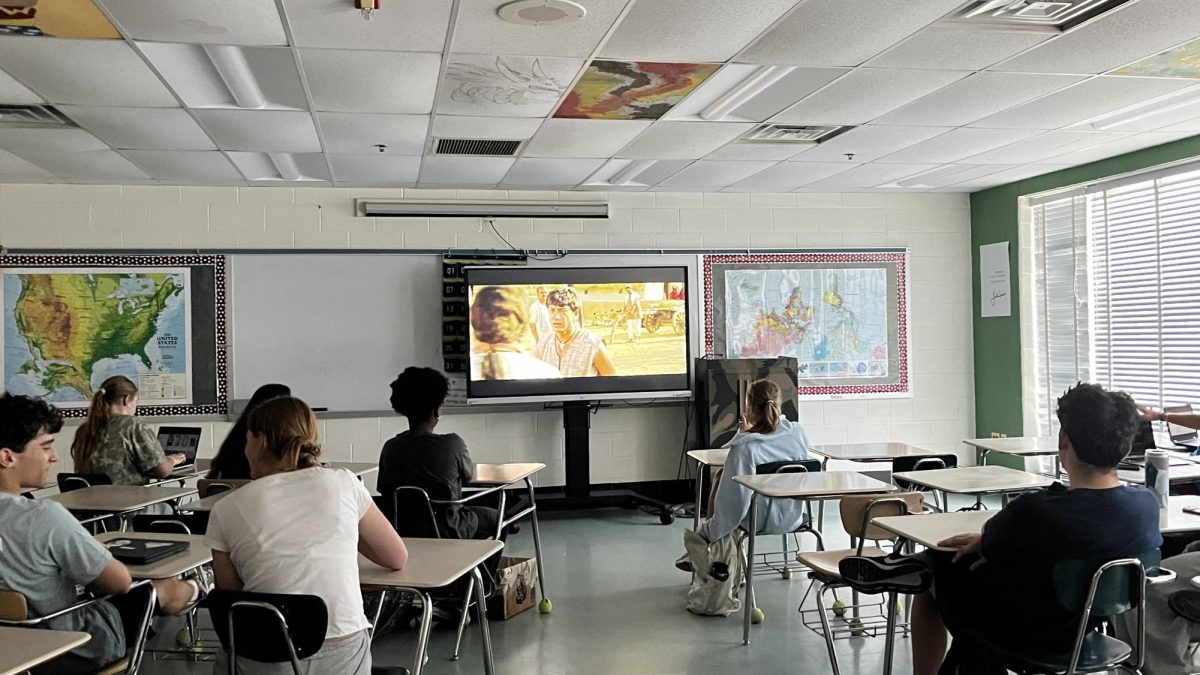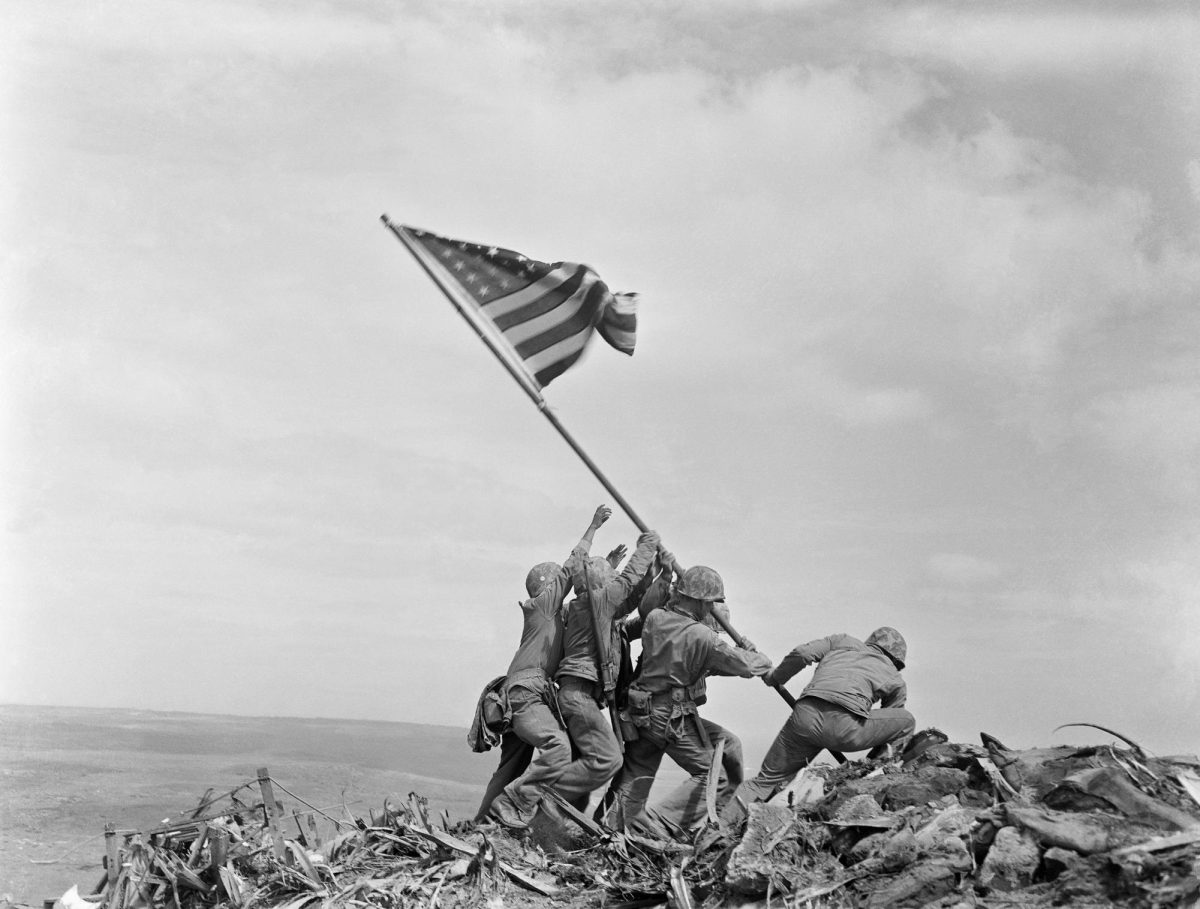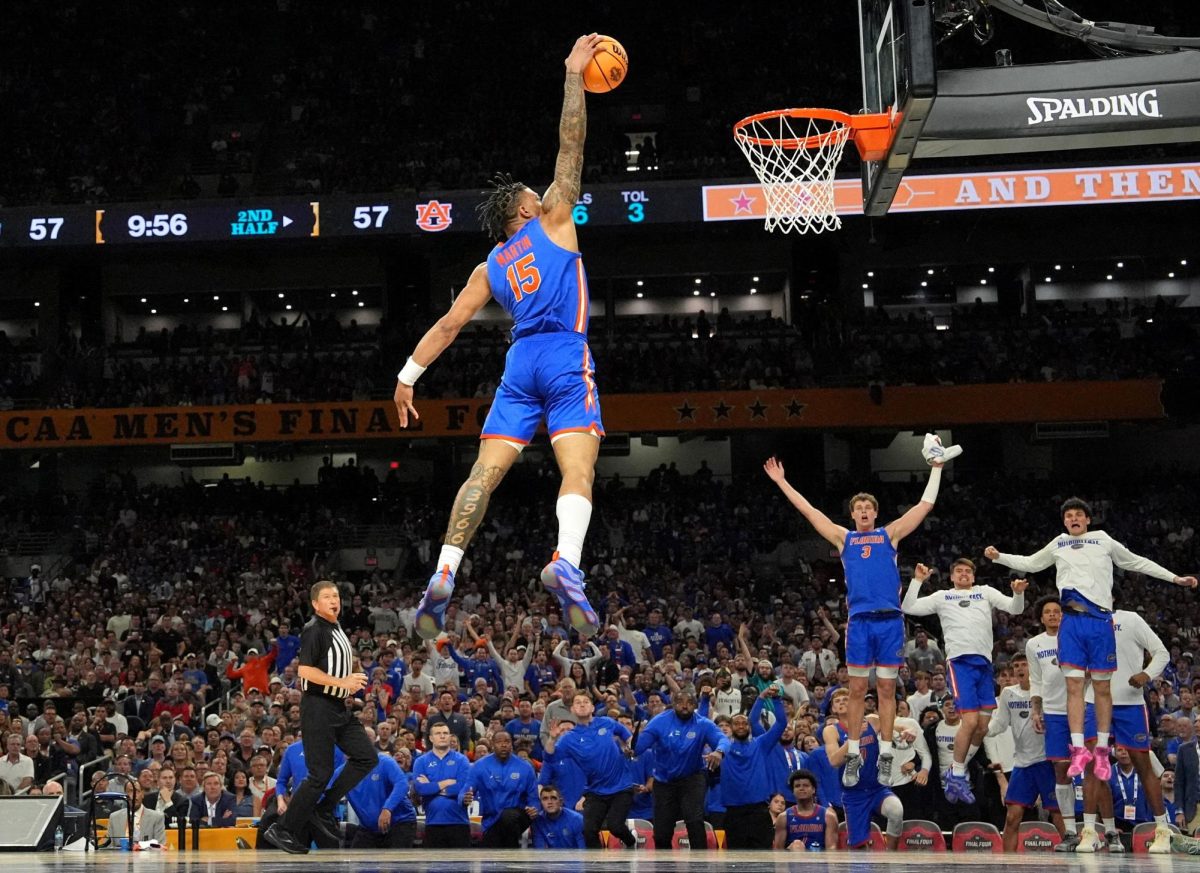For the 2025-2026 academic school year, all NCAA DI sports will have new roster limits, lowering the number of players allowed per sports team. This rule was added in response to many concerns about the well-being of student-athletes due to the stresses they face from being college students and competing in their respective sports at the DI level. This rule change will improve sports, giving student-athletes more support during their college experiences.
Roster limits prevent top-tier schools from hoarding talented players. Instead of large numbers of recruits flocking to powerhouse schools, roster limits will force coaches who are recruiting players to downsize their recruiting classes each year. Instead of teams recruiting to have deep benches every year, players who may not get the opportunity to represent their schools can be recruited to less competitive schools and have better chances of playing.
Large roster sizes have also posed issues with allocating athletic resources. With fewer players per team, coaches can be more dedicated to the development of each of their players, creating overall stronger teams and programs.
Smaller teams will also help schools give each student-athlete better opportunities to succeed academically. Managing smaller teams makes it easier for schools and coaches to monitor each student. This ensures that they all receive adequate academic and mental health support to thrive simultaneously in school and their sport.
Having fewer players on a roster also allows more athletic scholarship money to be distributed per student. This will help each player receive more financial aid, leaving them with significantly less debt after college.
While this rule change will positively impact DI programs in the future, many class of 2025 athletes who already committed to schools have been faced with decommitments left and right. With this new rule change, athletic programs will be forced to carry significantly fewer players for the 2025-2026 school year, meaning that players who have verbally committed to top schools prior to this change no longer have spots saved for them on these teams.
Student-athletes at WJ have seen these effects. Many who have already verbally committed to compete for DI schools have either been decommitted or have had their hopes of committing crushed due to this rule.
Ultimately, the NCAA limiting DI roster sizes will promote better opportunities for student-athletes’ growth on and off the field.





















